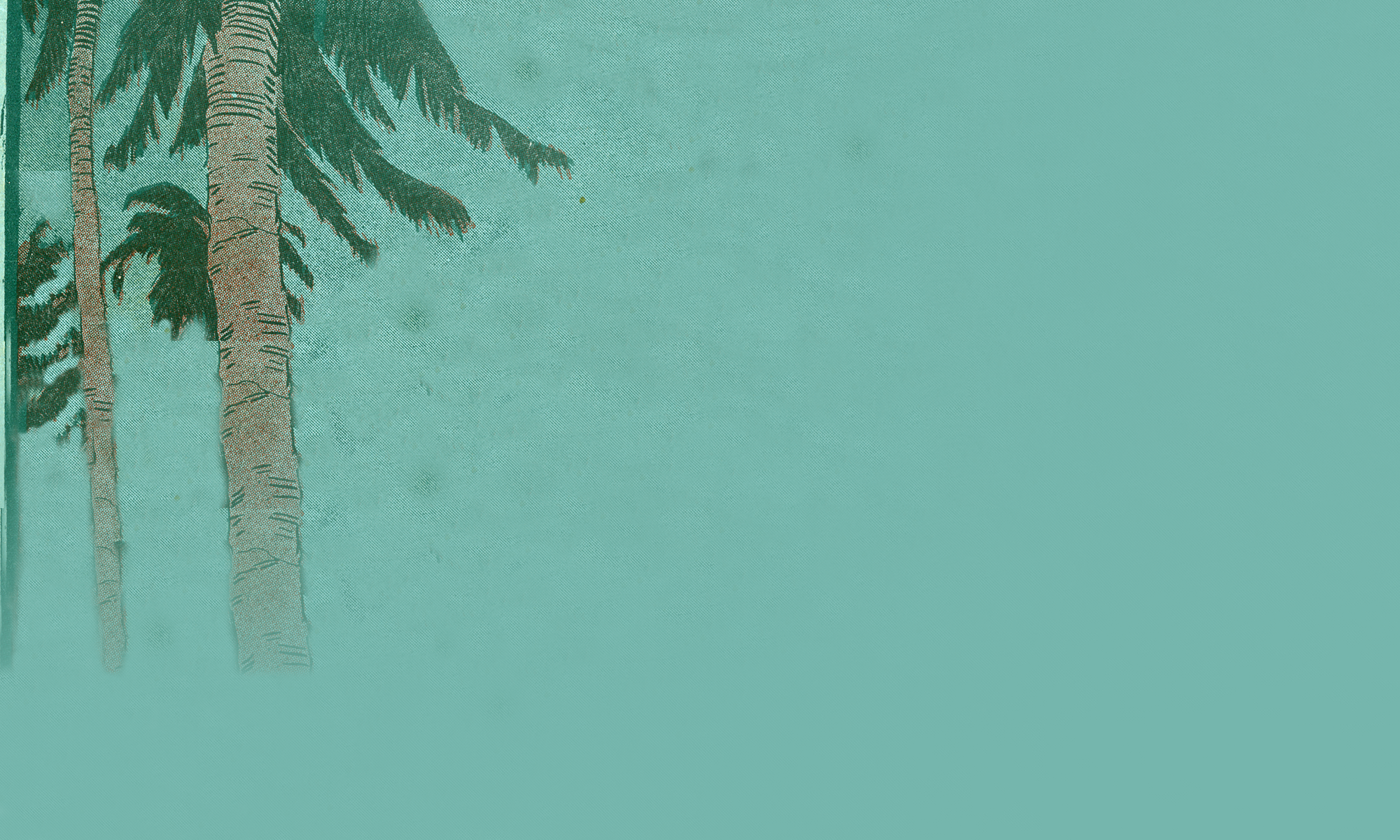American students who wanted to learn the Hawaiian guitar in the 1920s had three general options: 1) study with a master performer, 2) purchase a method book, or 3) take a course by mail. The earliest method book for steel guitar was Myrtle Stumpf’s Original Hawaiian Method for the Steel Guitar (published in 1915). As a student of Joseph Kekuku, she was one of the few method book writers who based her book on the teachings of virtuoso performers. The Kamiki Method (published in 1928) included a short introductory lesson showing users how to hold and finger-pick the instrument in a Hawaiian style, but was otherwise a repackaged method featuring visually appealing cover art. These “specialty” method books would have been difficult to find in rural America.
For this reason, many Americans chose to enroll in a Hawaiian guitar correspondence course via mail. Advertisements like the one pictured here were published in nationally known magazines, like Popular Mechanics.
These ads enticed amateur performers by touting how easily one could learn the method, claiming their authenticity as a music company, and packaging the course with a guitar for sale at a reduced cost. Eddie Alkire, who lived in rural West Virginia, learned Hawaiian guitar through a correspondence system called the Hawaiian Conservatory of Music. Like many correspondence schools, a luthier, a builder of string instruments, rather than a guitar teacher founded the Hawaiian Conservatory as part of the Oscar Schmidt Company. Unimpressed by the quality of these early courses, Alkire eventually developed his own correspondence school.


